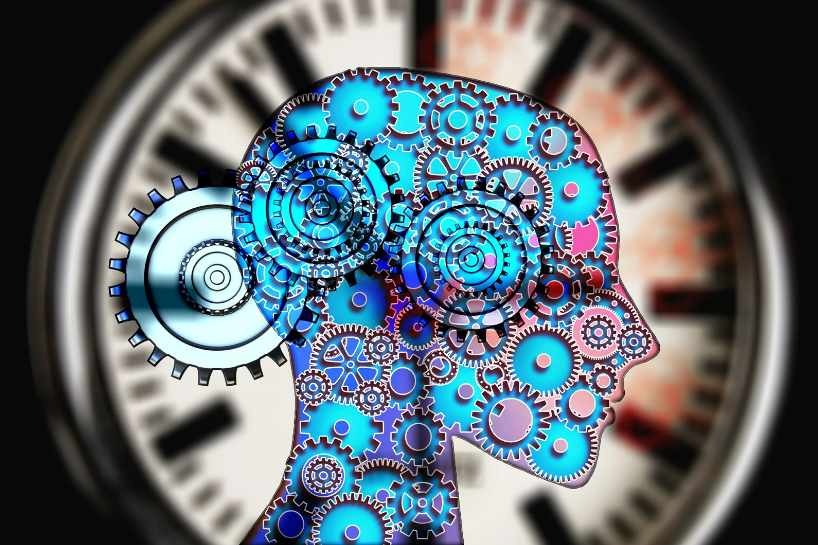If you are going to fully operationalise your Risk Appetite Statement (RAS) you need to go mental. Developing Mental Models is what I am talking about. Let me explain.
Over the past month I have suggested you need to: support your teams by documenting the organisation’s appetite for risk; guide their decision making by reviewing and improving policies, frameworks and procedures to reflect appetite for risk; and working with your teams to discuss how to apply the RAS in decision making.
Now you can get really serious. You see, the way we make decisions are influenced by our own mental models of how a decision is to be made. A mental model is our mental diagram of who and what is involved in a decision, at what point in time it will be made and where the decision is made. For example: a steering committee vs a team meeting. Research has shown that if we leave individuals to create their own mental model, there is a big risk of high variability in decision making, and that when a team co-creates a mental model with key stakeholders, the team’s performance becomes far more compelling and the team is able to accelerate towards achieving its goals[1].
The approach I take is influenced by my chemical engineering background. I prefer agreed symbols and nomenclature and the development of a process map. Others get more artistic using images and paying more attention to style. What’s important is whatever works for the team. For a team of engineers – lines and symbols. The marketing department – more creative and artistic please.
Once the process map is built it is useful in two ways. One, look at it and improve it. Remove bottlenecks for example. Two, identify areas for improving the decision through better inputs, better processes for making group decisions and better communication of the decision to those that need to know. Remember, communicating is the hardest thing for a leader to do really, really well!
There will be more on improving decision processes next week, but in the meantime, if you want to get deeper into decision mapping check out this link.
[1] Jeffery, Arthur B and Maes, Jeanne D and Bratton-Jeffery, Mary F: Improving team decision-making performance with collaborative modelling, Team Performance Management Vol. 11 No. ½, 2005, pp. 40-50.

